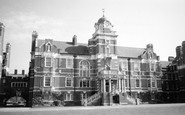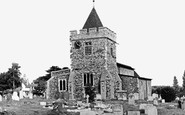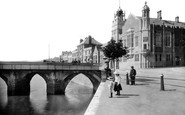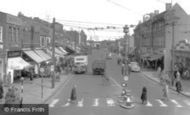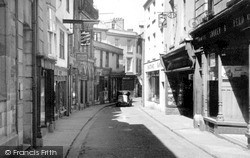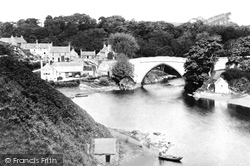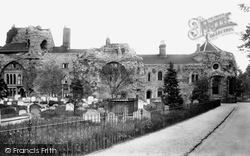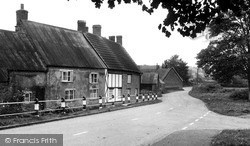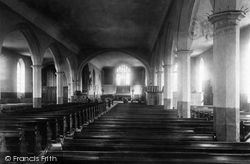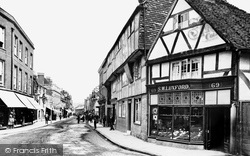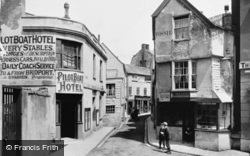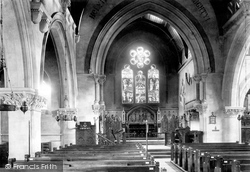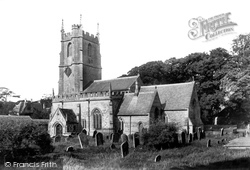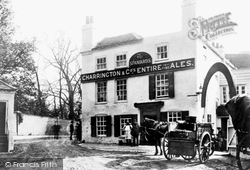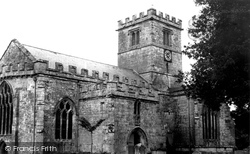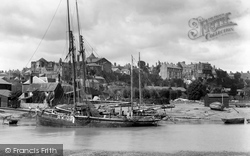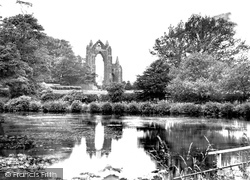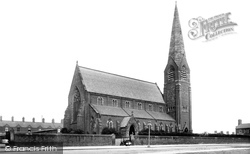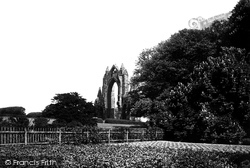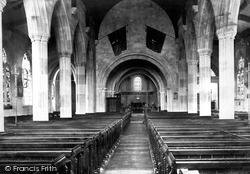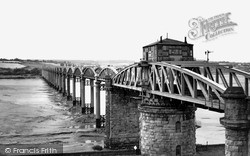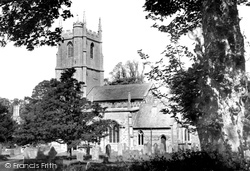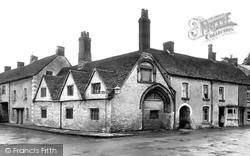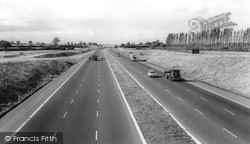Places
Sorry, no places were found that related to your search.
Photos
5 photos found. Showing results 561 to 5.
Maps
83 maps found.
Books
Sorry, no books were found that related to your search.
Memories
1,127 memories found. Showing results 281 to 290.
Ging Gang Gooly
How well I remember the camp fires at Buckmore Park although the pictures shown were taken a liitle more than 10 years after I went there. It was there we sang songs and shanties and the one that stuck in my mind the most was Ging Gang ...Read more
A memory of Chatham by
Evacuee
My Mum, Sybil Anne Clark née Cornwell, was evacuated from London to Bozeat during World War Two. Sadly, my Mum now resides in a nursing home and is suffering from the advanced stages of dementia. As you may be aware, one of the symptoms of ...Read more
A memory of Bozeat by
Happy Childhood
I lived in Figheldean from about 1949 - 1953, my parents and I lived in the Red Bungalow near the Wheatsheaf pub. My best friend was Wendy Stanfield, sadly no longer with us. Her father owned Stanfield's garage situated in the ...Read more
A memory of Figheldean by
St Michael's Church
I remember Father McNeice, Father Randall and Father Preston as vicars at St Michael's church in Aveley. My Mother Mary Archer was the church clerk at St Michael's for many years from the 50s. She also did some cleaning there, was a ...Read more
A memory of Aveley
Visit To Grandparents
My father's parents (my grandparents) moved from Carshalton to Ashtead in early 1950s to a bungalow at 72 Chaffers Mead. We used to visit regularly from our home in Redhill by rail; a steam train to Deepdene, a run down to Dorking ...Read more
A memory of Ashtead by
Echoes Of Forgotten Laughter
Stourbridge was my stamping ground as a young girl. I was born 1944 and I remember shopping there with my mother and then going to one of the many cinemas to watch a film, (remember when we had two films in one ...Read more
A memory of Stourbridge by
Happy Days!
I was at school in Essex in the early 50's but my parents lived in Bideford at ! Cottingham Crescent behind the old Grammar school. My stepfather Ernest Jewell worked for Beers , which I think was a builders, and my mother Edith Jewell was ...Read more
A memory of Bideford by
Memory Lane /Am I Getting Old?
So nice to read all the great reminders of my childhood.I too went to Rokesley Infants,Crouch End Juniors and Crouch End Secondary School.1945/1955.One establishment that seems to have been forgotten is the 'Bread an' Drip ...Read more
A memory of Crouch End by
Baby Boomers In The 60s
I was born in 1947 and moved to Welling in 1951. I feel very lucky to have been a teenager in the 60s when music for us really started to take off. I was a massive Beatles fan but loved the other stuff as well. Went to the ...Read more
A memory of Welling by
Copse Lane
An uncle, Arthur Garside owned a chemists in Freshwater following his service in the Royal Artillery during World War Two. He made Turkish Delight and would bring one or two trays of lemon and rose flavor when he visited us in Bedfordshire ...Read more
A memory of Freshwater by
Captions
1,233 captions found. Showing results 673 to 696.
It was partly destroyed on 21 August 1775 by a large flood - two of the original small arches were replaced by the single large span we can see here, giving it an asymmetrical appearance.
Opposite the arches and pillars of what used to be Hayman's Pianoforte Warehouse are just visible; the premises are now a gun shop.
Opposite the arches and pillars of what used to be Hayman's Pianoforte Warehouse are just visible; the premises are now a gun shop.
This single-arched stone bridge is situated a few hundred yards to the north of St Machar's Cathedral, and crosses a gorge of the River Don.
Houses had been built into the central arches of the west front by at least the 1660s. The Norman-style windows to the right date from 1863, when this wing became the Probate Registry Office.
Its arches to north, south and east are very tall too, and of Decorated style.
The railings have also been removed, leaving a much more welcoming and open view of this charming village.
Although the pews of 1876 (which replaced much earlier box pews) still survive, the majority of the interior was remodelled in a major restoration under the hand of the architect Temple Moore
Next door is the overhanging 16th-century frontage of the White Hart Inn, with its impressive arch leading into the stable yard. The hotel was closed and converted into shops in the early 1930s.
In the process it revealed Norman arches and probable remains of a chapel, as well as the underground room of a hermit, who was probably attached to Sherborne Abbey.
Inside this expansive parish church the many signs of the Early English era are manifest in the pulpit, for instance, which is inscribed and dated 1631 on a large arched panel with a good helping
St James's church is of medium size; it has Anglo-Saxon windows, and a Norman chancel arch, arcades and font.
Though a good picture of a much-missed local landmark, this photograph also gives us a hint of Burnley as an industrial town.
The semi-circular arch has gone from what is now the car park entrance, and the rather fine pub sign has also disappeared.
Its crossing tower is possibly of the 14th century; it is buttressed by simple moulded half arches at the east end of the nave.
Bodiam Bridge, completed in 1796, marked the limit of normal navigation, but its centre arch was raised sufficiently to allow river traffic to continue upstream when conditions were favourable.
Screened from the road by rhododendrons, the Monks' Pond creates a very dramatic appearance as it reflects the priory arch - a frequent inspiration over the years for artists and photographers,
The last one was recorded in 1908, and the curate of St James's Church in Blake Street, HIndpool (pictured here), with the backing of some local businessmen, provided a much-needed soup kitchen to alleviate
This unusual view shows the priory arch from the south; in the foreground are gardens which became a formal rose garden laid out for Margaret, later the first Lady Gisborough (see photograph
On entering the church, the immediate impression is of the Norman crossing, arches, chancel and east bay. The organ case is richly decorated with acanthus carving, and is late 17th-century.
Constructed of wrought iron and completed in 1879, the Severn Bridge was the longest tied-arch, bowstring truss bridge on the British railway network.
The cylindrical Norman font is stunning: it has intersected arches, big scrolls and two big serpents with twisted tails, their heads looking at a saintly bishop, who is wearing a typical Norman
The entrance to the hospital was through the medieval arched doorway.
The River Great Ouse flooded eight times in 1958- 59, hindering a viaduct construction of eight massive reinforced concrete arches.
Places (0)
Photos (5)
Memories (1127)
Books (0)
Maps (83)



